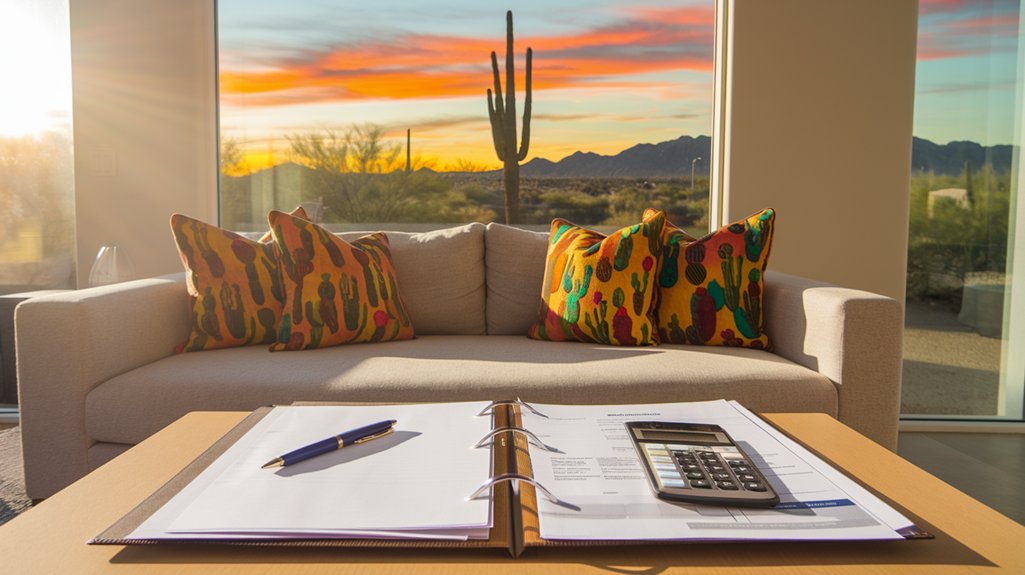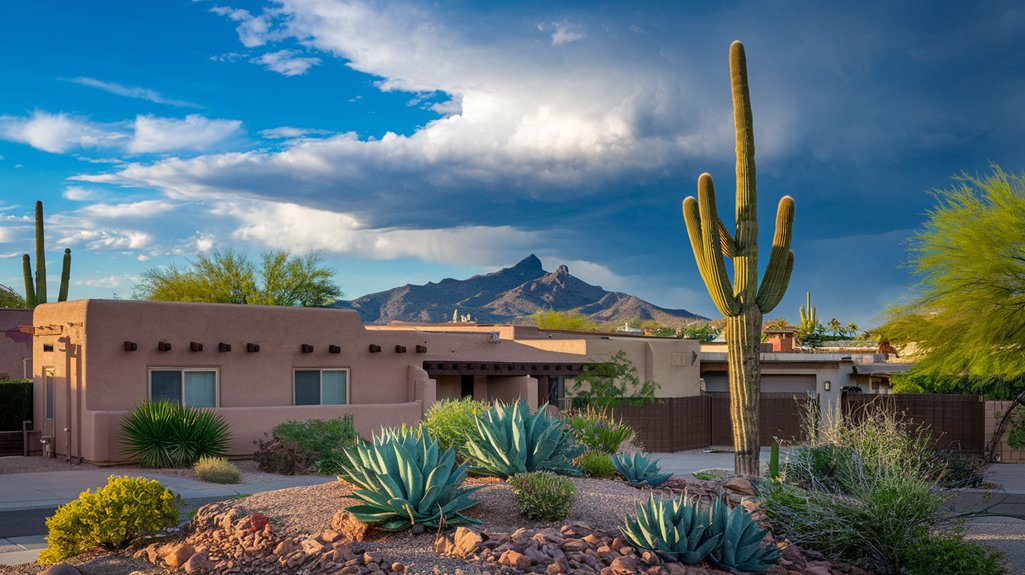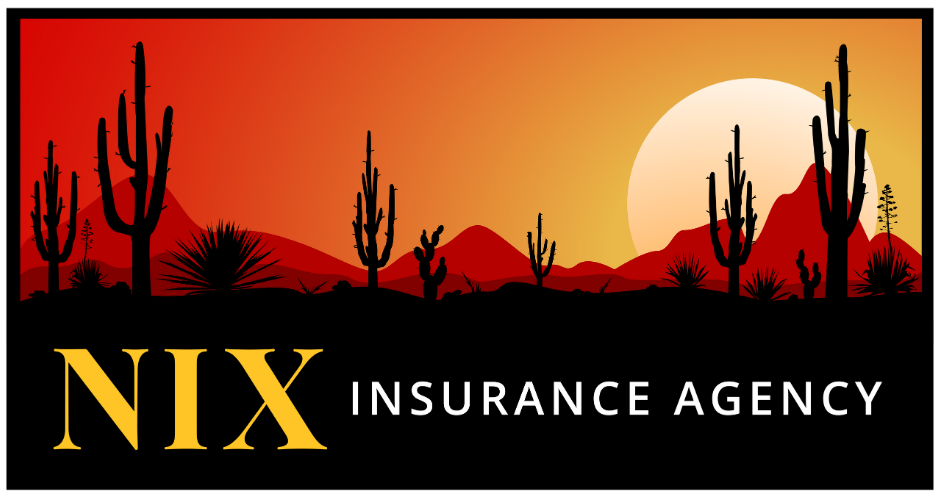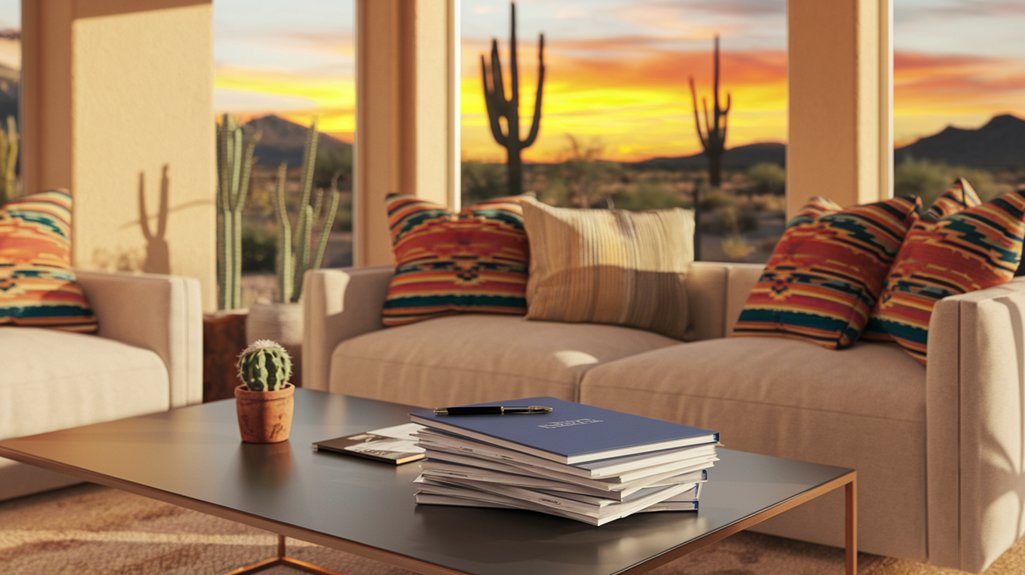Living in the Valley of the Sun means home insurance Phoenix owners choose must handle extreme heat, monsoon winds and even wildfire smoke. With three decades of local expertise, Phoenix Arizona Insurance explains how to build a policy that shields both house and wallet.
Key Takeaways
- Know the big three terms—premium, deductible, exclusions—before comparing quotes.
- Heat, dust storms, flash floods and wildfires drive unique Arizona coverages.
- Document belongings with photos and receipts to speed up any future claim.
- Bundle, install security devices or stay claims‑free to cut premiums up to 25 %.
- Review your policy yearly and after upgrades; under‑insurance is costly at claim time.
Understanding Home‑Insurance Basics

Premium = price. Deductible = your share of each loss. Exclusions list what is not covered (flood, earth movement, wear‑and‑tear). Knowing these three concepts lets you compare carriers apples‑to‑apples.
The Insurance Information Institute stresses matching policy limits to rebuild cost—not purchase price—to avoid payout shortfalls.
Key Coverage Options for Phoenix Homeowners

| Coverage Type | What It Protects |
|---|---|
| Dwelling | Structure, roof, built‑ins |
| Personal Property | Furniture, electronics, clothing |
| Liability | Injuries to guests, legal fees |
| Loss‑of‑Use | Hotel & meals during repairs |
| Medical Payments | Small injuries without lawsuit |
How Phoenix Weather Shapes Coverage

- Extreme heat warps shingles and causes HVAC failure—ask about mechanical‑breakdown riders.
- Monsoon microbursts push rain sideways; verify wind‑driven‑rain and roof‑damage clauses.
- Haboob dust storms scratch windows and clog AC units—check personal‑property sub‑limits.
- Flash floods need separate National Flood Insurance Program (NFIP) or private flood policy.
- Wildfires threaten outer suburbs—confirm “additional living expense” limits cover months, not weeks.
Common Hazards Unique to Phoenix
Heat‑driven roof degradation, airborne dust abrasion, and sudden water intrusions make the city’s risk profile unlike cooler, wetter climates. A quick risk checklist:
- Tile‑roof cracks → add full‑roof replacement rider.
- Pool liability → raise personal‑liability limit to at least $500k.
- Solar panels → schedule panels for replacement‑cost coverage.
- Seismic tremors (rare but possible) → optional earthquake endorsement.
How to Value Your Home & Belongings
Hire a licensed appraiser or use your builder’s cost‑per‑square‑foot times heated footage for the dwelling replacement figure. Then build a room‑by‑room inventory with smartphone photos and cloud backups. Keep serial numbers and receipts for high‑value items; consider a separate valuable‑articles floater for jewelry or art exceeding standard sub‑limits.
Choosing the Right Provider
- Check AM Best or Demotech financial ratings.
- Read claim‑handling reviews, not just price comparisons.
- Ask for a homeowner sample policy before buying so you can read exclusions in plain language.
- Favour local agents who understand Maricopa County building codes and wildfire setbacks.
Discounts & Savings
| Discount | How to Qualify | Average Cut |
|---|---|---|
| Bundle | Combine home + auto | 15–25 % |
| Smart‑home | Install monitored sensors | 5–10 % |
| Claims‑free | No claims 3–5 yrs | 10–20 % |
| Roof age | New roof within 10 yrs | 5–15 % |
Review Your Policy Yearly
Renovations, rising lumber costs and inflation can leave you under‑insured. Update limits after:
- Kitchen or bath remodel
- Solar installation
- Adding a pool or casita
- Major furniture or electronics purchases
Navigating Claims: Step‑by‑Step
- Secure property and prevent further damage.
- Photograph everything, keep damaged items until adjuster visit.
- File claim via app or phone within 24 hours.
- Meet adjuster; provide inventory list and receipts.
- Review settlement offer; appeal with additional evidence if under‑paid.
Additional Coverages Worth Considering
- Flood Insurance – NFIP maxes at $250k dwelling/$100k contents; higher values need excess flood.
- Equipment Breakdown – Covers AC compressors, pool pumps, fridges; cheaper than extended warranties.
- Identity Restoration – Pays legal fees and credit monitoring after ID theft.
- Service Line – Repairs broken water/sewer lines from street to house (not covered by city).
Frequently Asked Questions
What Drives Premiums in Phoenix?
Roof age, neighborhood crime stats, distance to fire station, and claims frequency carry the most weight.
How Can I Lower Costs Quickly?
Raise deductible from $1k to $2.5k (saves ~12 %), bundle with auto, and install a monitored smoke/heat sensor.
Does a Home‑Based Business Need Extra Coverage?
Yes—add a home‑office endorsement or small commercial policy to cover liability and equipment beyond homeowner sub‑limits.
Average Phoenix Premium?
Between $900 and $1,400 annually for a 2,000 sq ft brick/stucco home with a $1k deductible.
How Do I Change Coverage Mid‑Term?
Submit a change request via your agent; endorsements can raise limits or add riders without rewriting the entire policy.
Conclusion
Understanding home insurance Phoenix requirements—from searing summers to sudden monsoons—helps you build a policy that truly protects. Review annually, grab every discount, and consider extra riders for floods, equipment and liability.
Have questions or need a personalized quote? Contact Phoenix Arizona Insurance today for friendly, expert guidance.




